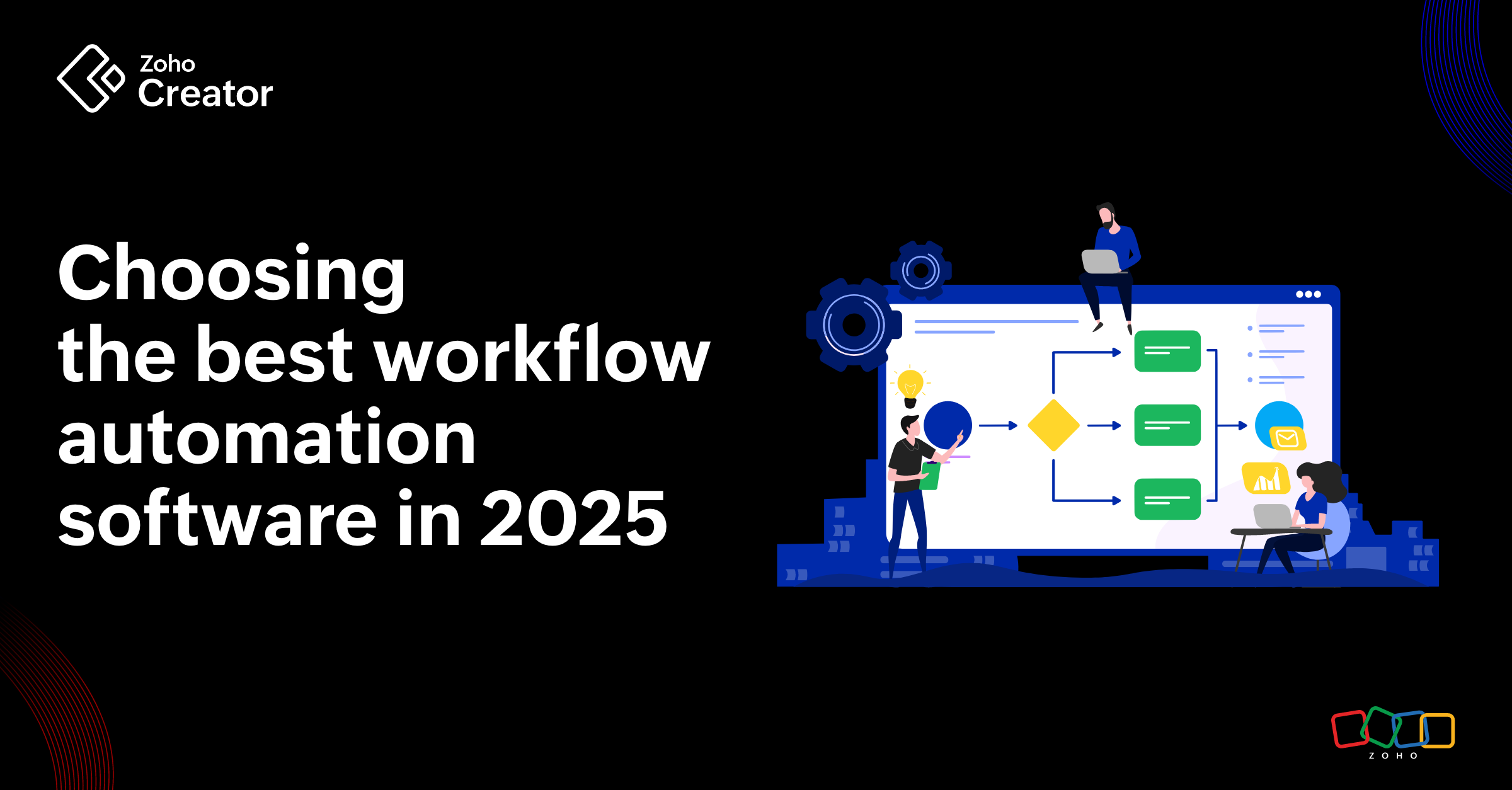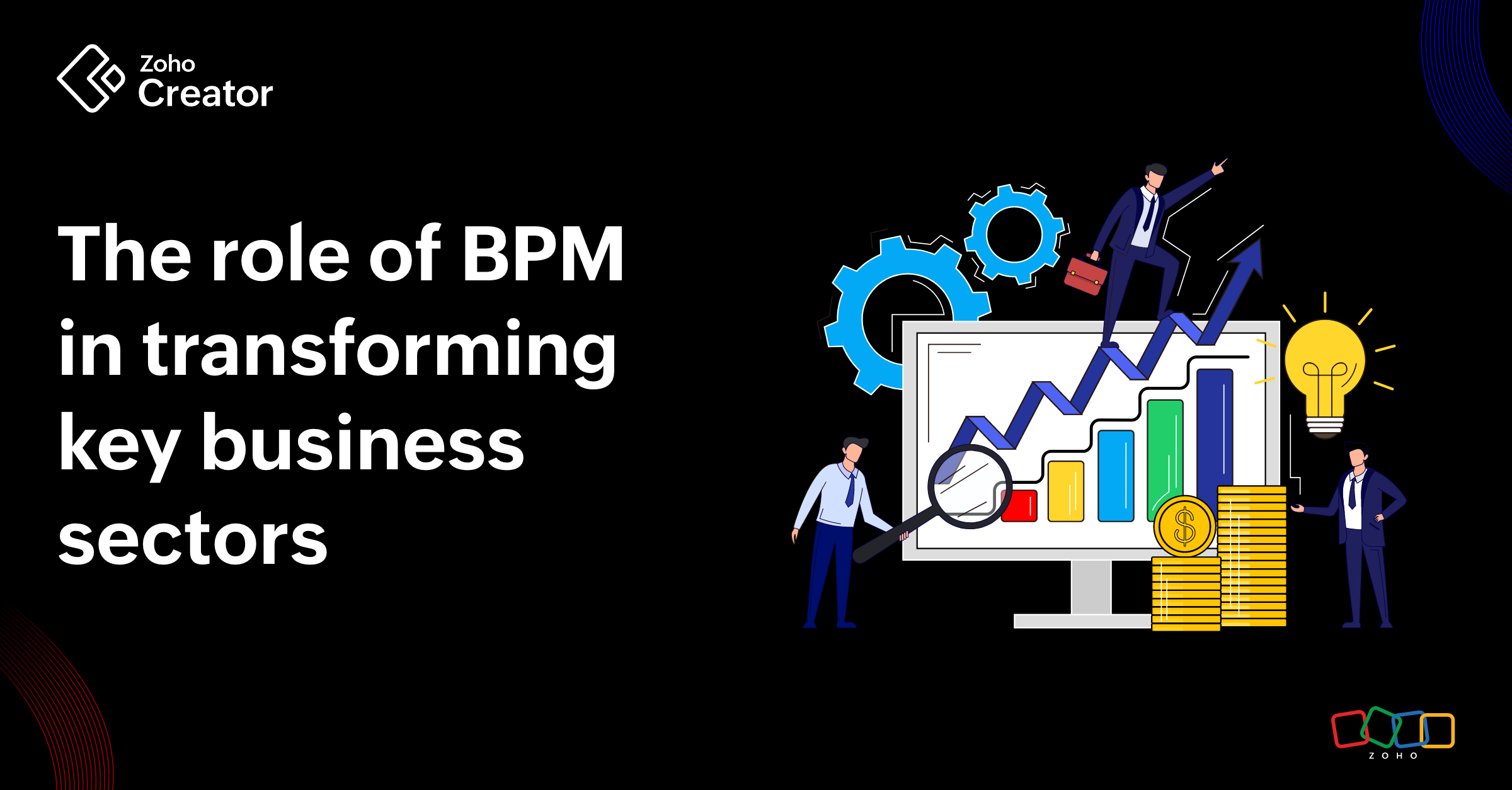- HOME
- Know Your Tech
- Debunking the top 5 myths about digital workplaces
Debunking the top 5 myths about digital workplaces
- Last Updated : April 20, 2023
- 565 Views
- 4 Min Read
What does "digital workplace" mean?
Digital workplaces are all about the productivity, engagement, and overall well-being of your workforce. It's the idea that there's a virtual equivalent to the physical workplace, and that this must be utilized in a rational way. A digital workplace is also the basic set of digital tools that employees use to complete their day-to-day activities. Organizations now use digital workplace platforms that can be accessed from anywhere with a laptop and an internet connection.
Embracing change
Digital transformation, which was initially implemented to improve efficiency and flexibility, has now become a necessity in many workplaces. As all-remote setups aren't always a viable option, many businesses are leaning towards a hybrid work model, in order to take advantage of this best-of-both-worlds approach.
Now that the digital workplace has gained significant momentum, the important question is whether organizations are willing to widely accept it. Standing in its way are some common misconceptions about the digital workplace. Continue reading to learn about these myths and the realities behind them.
5 common myths about the digital workplace
Myth 1: All about technology
One of the common myths is that the digital workplace is solely about technology. Although technology plays a major part, the digital workplace is not only about software. Because collaborative virtual workplaces are driven by humans, a digital workplace is really about shifting to being more user-oriented—focusing on people and how they interact with technology. It's vital to remember that new technologies need to serve the purpose of streamlining business practices and workflows and enhancing virtual collaboration—no matter the size of the organization.
Myth 2: Reduces employee engagement and productivity
It's often assumed that remote-working employees face communication challenges, which lead to weaker employee engagement. As a result, employees can become unproductive and dissatisfied with their jobs. But in reality, remote working and productivity and collaboration tools go hand in hand. With these tools, employees can access all the information they need from a single location.
Communication is crucial for any organization, whether it operates online or offline. Online communication features allow employees to stay connected by sharing content and ideas, engaging with coworkers, using social features, and more, from anywhere and at any time. At the end of the day, digital workplaces should lead to increased productivity and employee engagement.
Myth 3: Not here to stay
While digital workplaces gained a lot of momentum of late, many businesses assumed they weren't feasible in the long run because work culture would eventually return to "normal". What some organizations failed to recognize is that remote working is here to stay.
It has created countless opportunities for businesses—allowing them to open up to a global audience or hire the top talent from anywhere in the world. It's also essential to consider that for every organization, regardless of size, a more comprehensive view of the digital workplace is regarded as a building block for concepts such as digital transformation, employee experience and engagement, and customer experience.
Myth 4: Too much downtime and disruption
Another common misconception about the digital workplace is that it causes excessive disruption and downtime, which many businesses cannot afford. If your organization requires something structured yet flexible, then a digital workplace is just what the doctor ordered. Digital workplaces provide your business processes and workflows with both flexibility and agility. However, for that to happen, moving to the cloud as quickly and safely as possible is paramount.
Myth 5: Not relevant
Many businesses are still apprehensive about moving to a completely digital workplace, as they think it's not suited for their industry or line of work. Managing the digital workplace does indeed require a more comprehensive view of technology, but it's really all about reaching out to employees and providing them with personalized and relevant experiences.
As the world economy continues to recover, a digital workplace will be vital for your business to grow and stay afloat. Businesses of all sizes, regardless of the nature of the industry, can benefit from a digital workplace to provide a more stable work environment for their employees and consistent services to their customers.
Do digital workplaces add value to businesses?
We're at a moment where real-time innovation and collaboration are essential for businesses. In today's workplace, an engaging and modern company culture is more than a perk; it's an important and defining factor for a business. Companies can be proactive in terms of growing and reimagining their company culture by incorporating these digital workplace practices.
Not sure if your company requires a digital workplace platform? Or not sure where to begin? Zoho Creator offers a modern, all-in-one digital workplace that promotes team agility, improves collaboration, and increases employee engagement. It aids in transitioning workplaces into modern, connected environments seamlessly.
 Aishwarya
AishwaryaAishwarya is a content marketer at Zoho. Apart from creating content, she loves to read and watch sci-fi and crime thrillers, travel, and basically can't survive without coffee.










